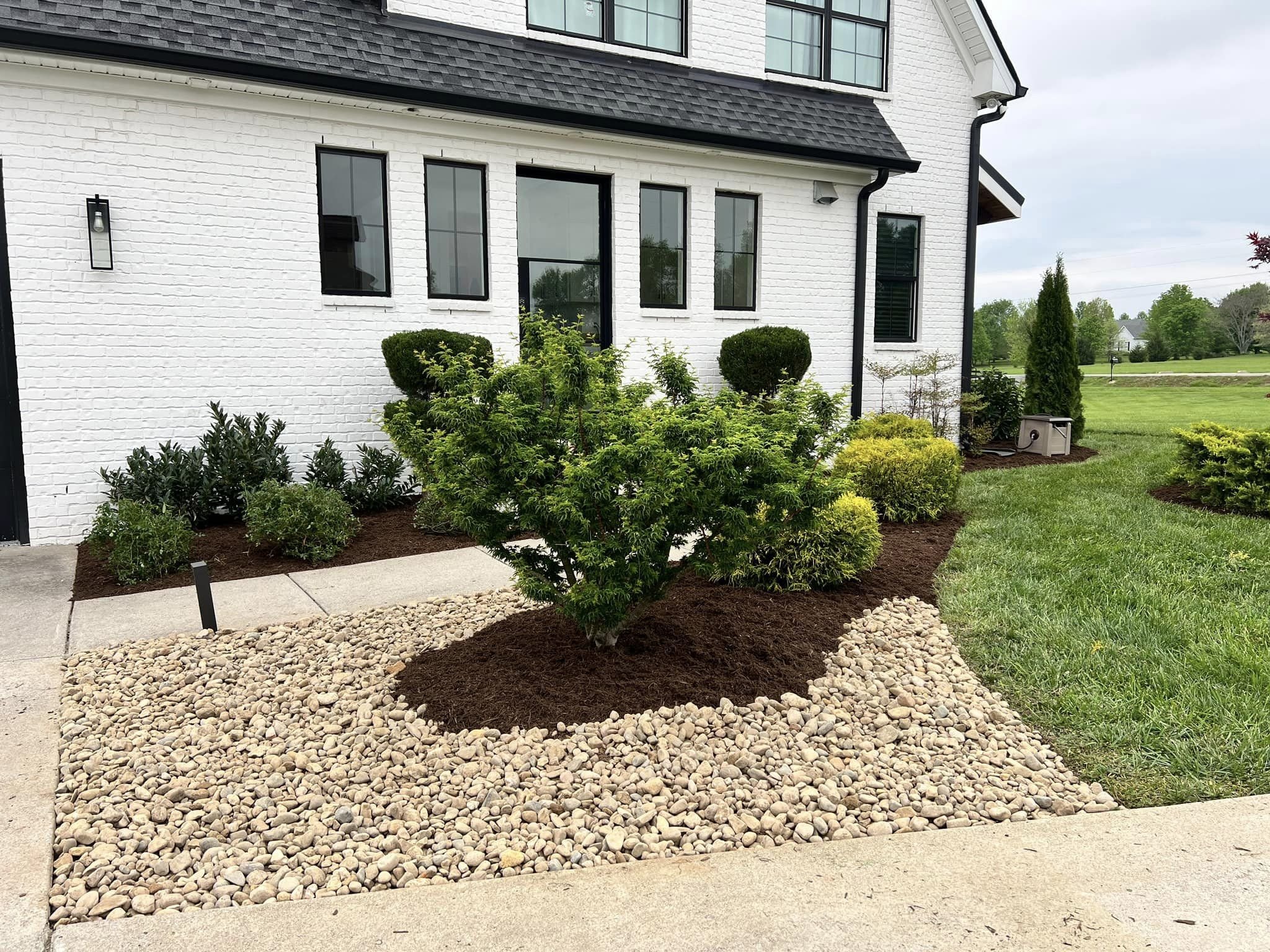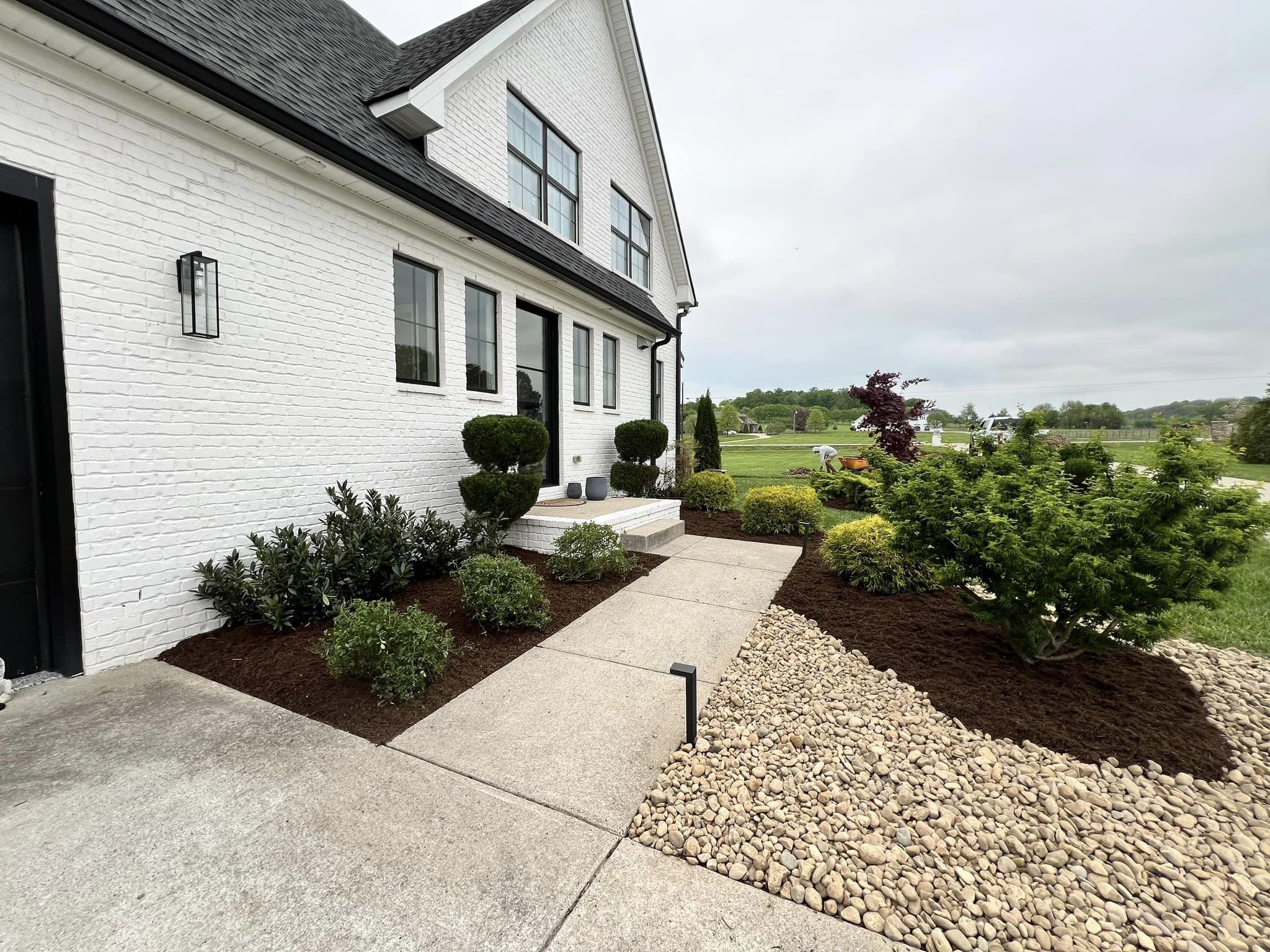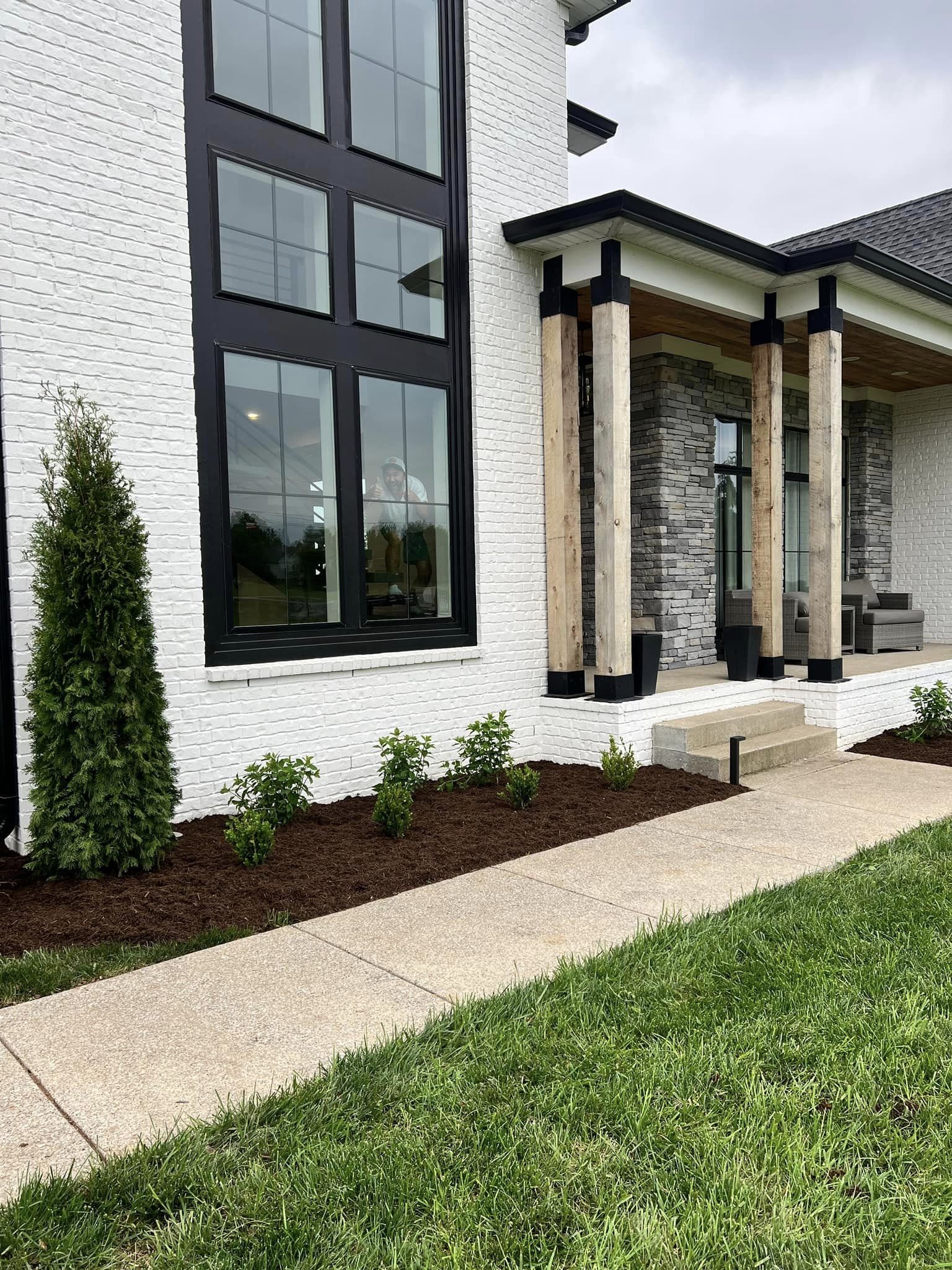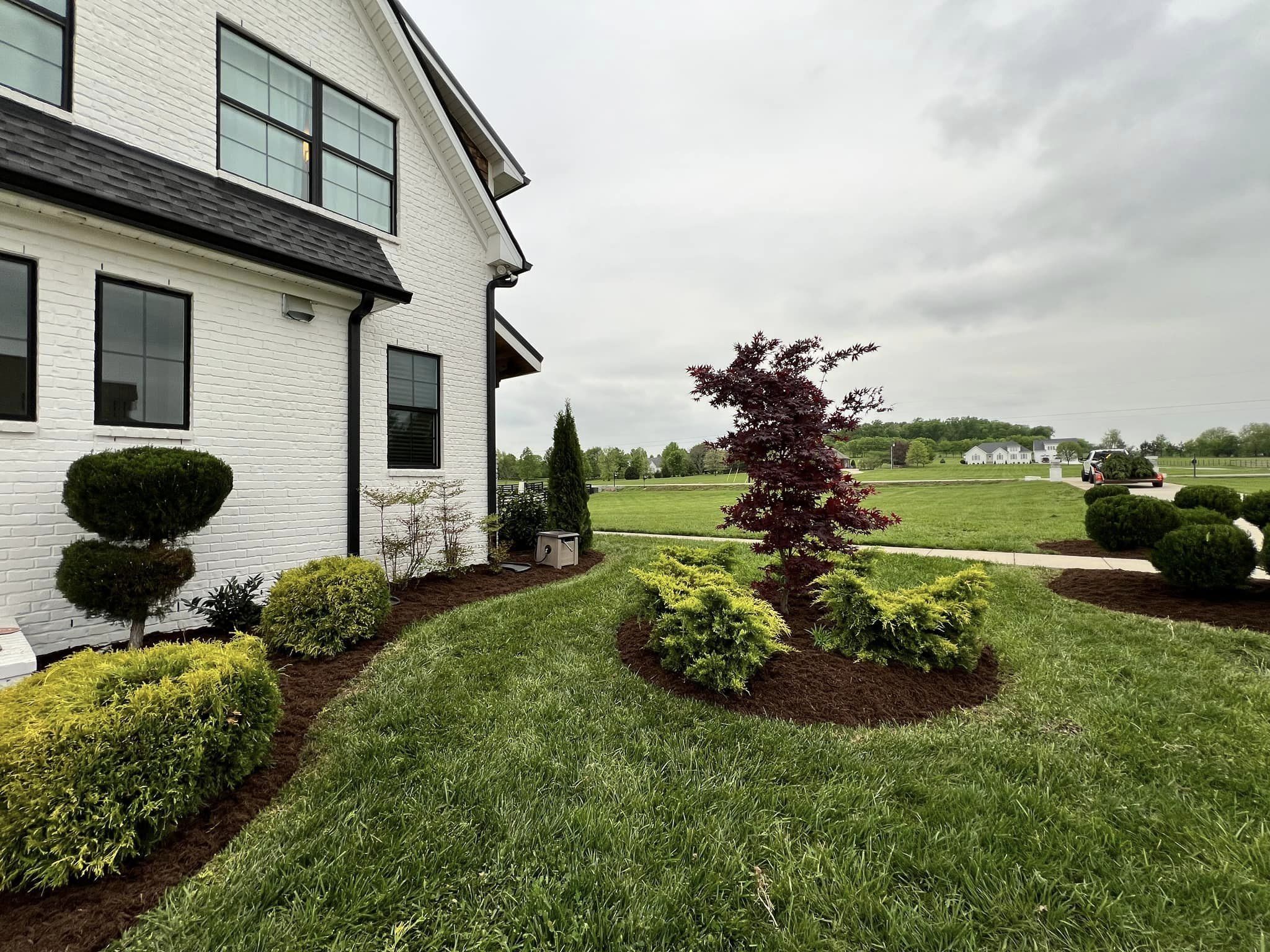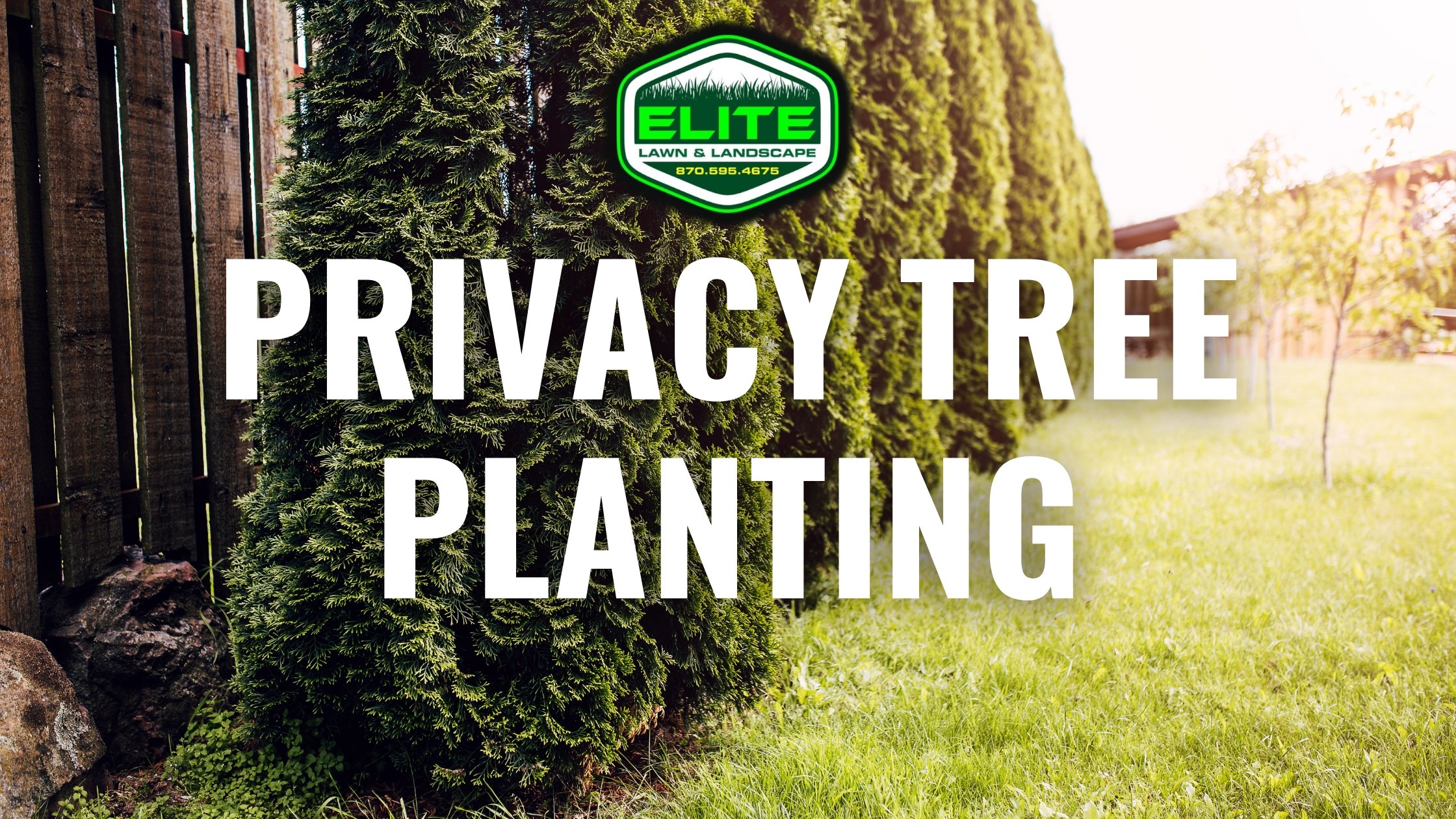2024 Mulch Install Projects (FAQ)
Mulch installation is a fundamental aspect of maintaining a vibrant and healthy garden. It not only beautifies your landscape but also provides numerous benefits to your plants and soil. Here, we've compiled the most frequently asked questions about mulch installation to help you understand the best practices and maximize the benefits of mulching.
What is mulch and why should I use it?
Mulch is a layer of material applied to the surface of the soil around plants to retain moisture, suppress weeds, keep the soil cool, and make the garden bed look more attractive. Organic mulches also help improve the soil's fertility, as they decompose over time.
What types of mulch are available?
There are many types of mulch, including organic options like bark, wood chips, straw, and cocoa bean shells, as well as inorganic options like rubber, gravel, and plastic sheeting. Organic mulches improve soil quality as they decompose, while inorganic mulches are longer-lasting and often used for decorative purposes.
How much mulch do I need?
To calculate the amount of mulch you need, measure the area's square footage (length x width) where you plan to apply mulch and decide on the depth (usually 2-3 inches for most gardens). A cubic yard of mulch covers about 100 square feet at a 3-inch depth. Use these numbers to calculate the cubic yards required.
When is the best time to apply mulch?
The best time to apply mulch is in late spring after the soil has warmed up. This helps retain moisture during the hot summer months. A second, lighter application can be made in autumn to protect plant roots from freezing and retain soil moisture over the winter.
How do I properly apply mulch?
To apply mulch, first clear the area of weeds and debris. Spread the mulch evenly around the plants, ensuring it's not too thick around the stems or trunks to prevent moisture accumulation, which can cause rot. The recommended thickness is about 2-3 inches.
Does mulch attract pests?
While organic mulches can attract some pests like insects and rodents, using cedar bark or treating the area with an appropriate pest control method can minimize this issue. Inorganic mulches are less likely to attract pests.
How often should I replace mulch?
Organic mulch should be checked annually and replenished as needed to maintain a 2-3 inch depth. It decomposes over time, adding nutrients to the soil but also diminishing in volume. Inorganic mulch lasts longer but may require occasional cleaning or replenishment to maintain its appearance.
Can mulch be applied over existing weeds?
Mulch can suppress small weeds by blocking sunlight, but large weeds should be removed before mulching. Applying mulch over existing weeds can make the problem worse, as some weeds may continue to grow through the mulch.
What should I do if mold appears on my mulch?
Mold and fungi are common on organic mulch and are generally not harmful. These organisms help break down the mulch, enriching the soil. If the appearance is unsightly, you can scrape off the moldy layer or turn it under the surface of the mulch to decompose.
Does the color of mulch matter?
The color of the mulch is mostly an aesthetic choice. However, dark-colored mulches can absorb more heat, which can benefit plants in cooler regions by warming the soil. Light-colored mulches reflect sunlight and can keep the soil cooler, benefiting plants in very hot climates.
For more personalized advice or professional mulch installation services, don't hesitate to reach out to us at Elite Lawn & Landscape. Our expert team is ready to help you enhance the beauty and health of your garden with high-quality mulching solutions.
Contact us today:
📧 Email: elite.lawns@yahoo.com
📞 Phone: (870) 595-4675
Make the most of your landscape with proper mulch installation from Elite Lawn & Landscape!

